Using your shop’s Cost of Doing Business (CODB) as a baseline for labor rates.

I’ve had an ongoing disagreement with a few of my Shop Press colleagues for some time now. Personally, I believe that replacing a window regulator is a perfect job for a DIYer. I mean, I’ve done them myself, and I barely even consider myself a DIYer. However, some of my Shop Press colleagues disagree, saying that the possibility of cutting yourself on the inside of a door frame or the propensity of door trim panel clips to break or get lost dissuades many DIYers. They may have a point. Just doing a cursory search for what jobs DIYers can do on their car leads to these lists by Family Handyman, Capital One Auto Navigator, and Art of Manliness: none of which recommend a window regulator replacement as a job for non-professionals. And sure, maybe it’s because I started my Dorman career in our window regulator department, but I’d much rather replace a window regulator or motor than brake pads.
That said, not all window regulator jobs are created equal. Yes, some door frames give you little space to work with, along with sharp edges to cut yourself on (in my experience, BMW and Audi are the biggest offenders), and the chances of breaking fragile door clips are high. In addition, if the car has an auto window function, pinch protection, or similar features (usually on newer vehicles), the regulator motor may require a relearn that a DIYer likely cannot perform. In that sense, it’s important to look up the procedure before you start and not tackle the job if you think it’s outside of your wheelhouse.
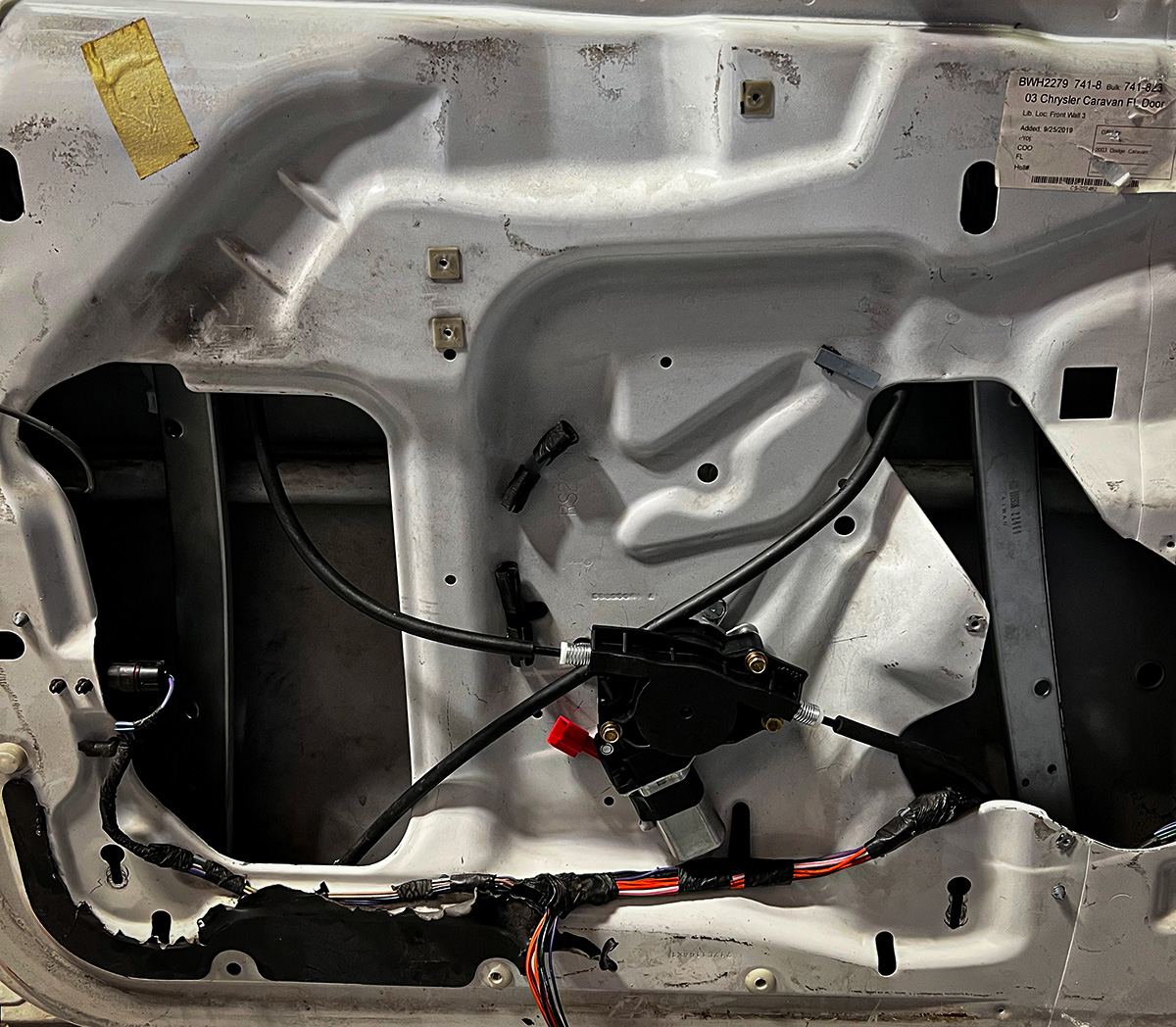
With that in mind, here are six tips for DIYers and beginner techs to tackle your first window regulator replacement.
Look, when I’m performing as a live musician, I love duct tape as much (or more) than anybody else to solve all sorts of gear problems. But this is not the time to use it. Use painter’s tape instead to secure the window. It’s strong enough to hold the window in place but won’t damage your paint or leave a sticky residue.
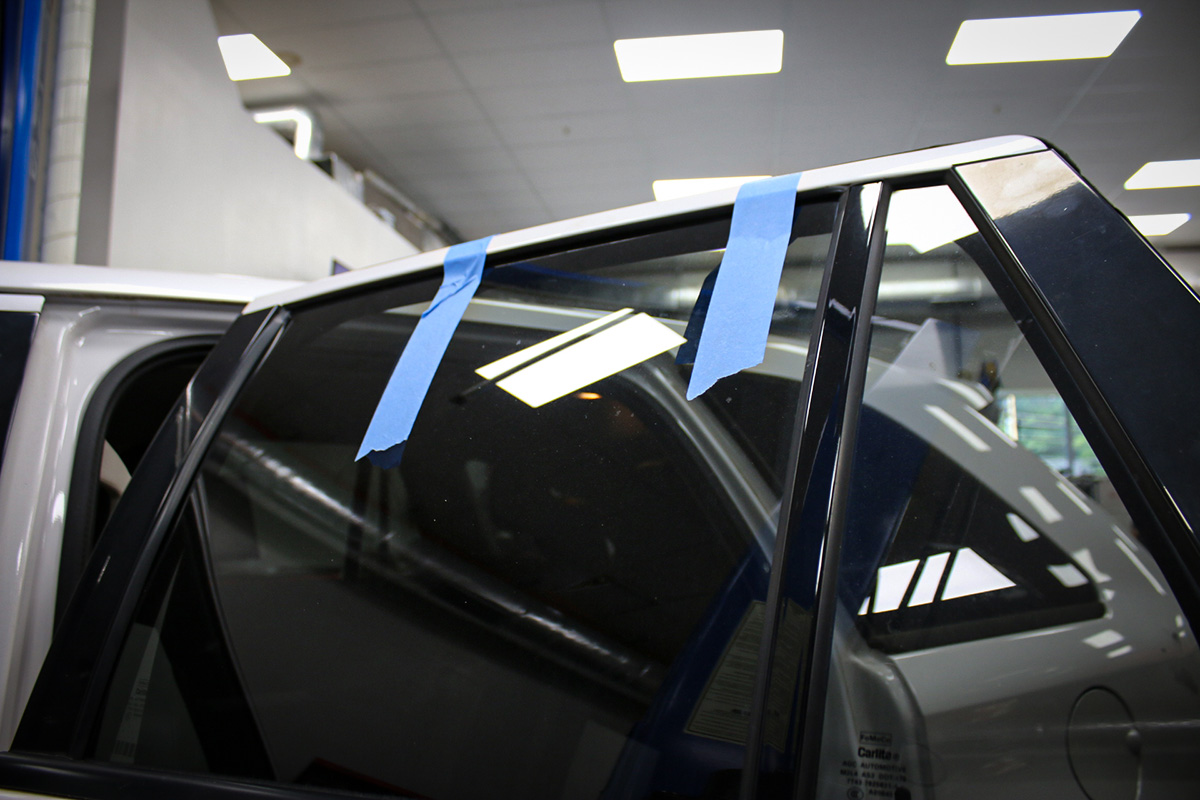
Plastic trim tools are not just useful for window regulator jobs; I’d say they’re essential. They won’t easily damage delicate trim like a screwdriver or metal pry bar will. If you don’t already have a set, you can find them pretty much anywhere at a very reasonable cost. They’re more than worth the investment, and if you’re tackling a window reg job, then I’ll bet you’ll use them on all kinds of other automotive work. That goes for DIYers and aspiring techs alike.
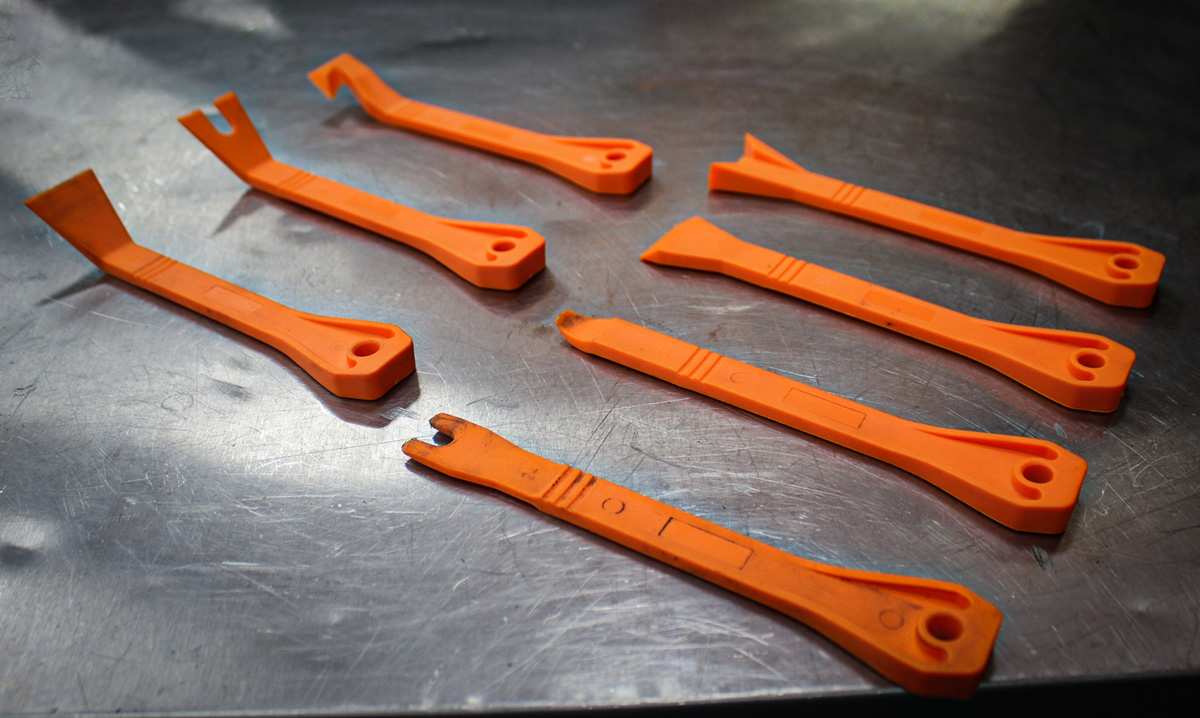
Don’t make the same mistake I did the first time I replaced the window regulator in my wife’s car. Make sure the replacement regulator has a liberal amount of grease on the slide area. If there isn’t much grease present, white lithium grease works well to lubricate the slide area. Trust me: you want to avoid the loud grinding noise the regulator will make if you don’t. Plus, proper lubrication is essential to prolonging the life of the new reg.
Window run channels should also be cleaned and lubricated before installation of a new window regulator assembly. Silicone spray works well.
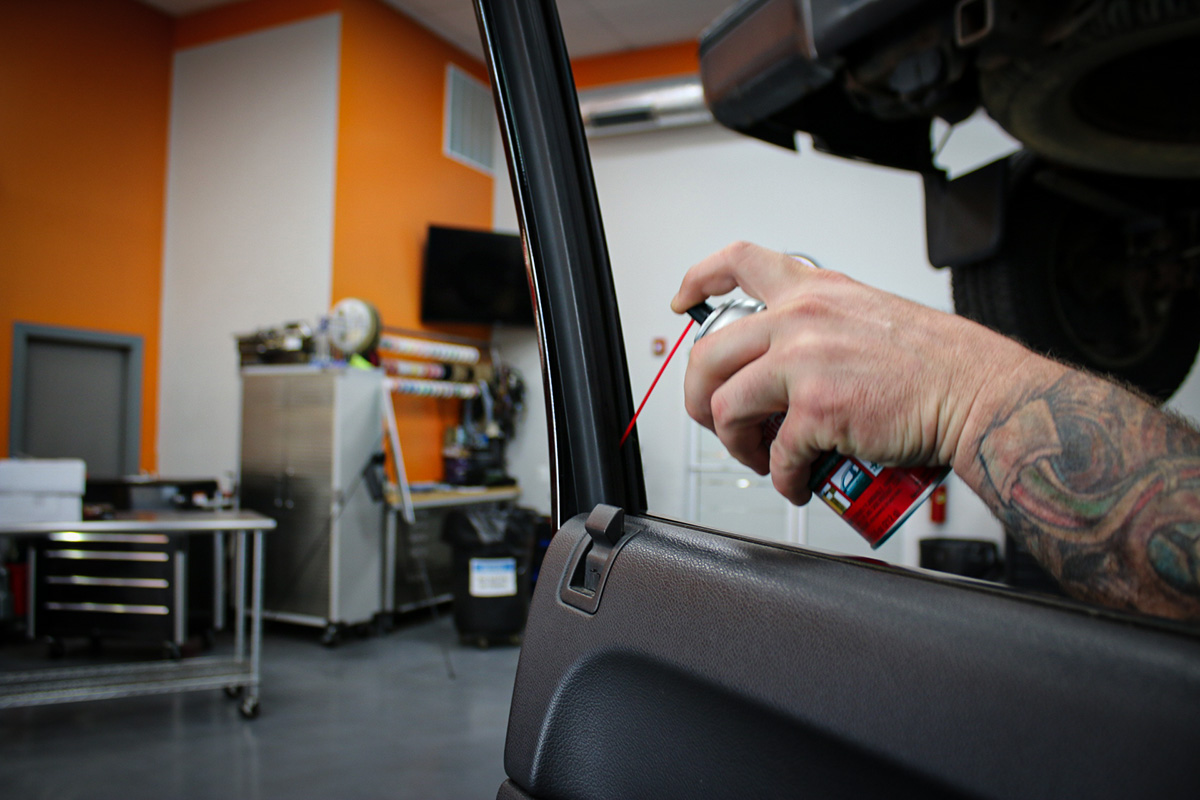
As previously noted, door trim panel clips have a tendency to break or get lost. Get ahead of that problem by buying some replacement door clips that fit your vehicle beforehand and having them ready. The worst-case scenario is that you don’t break or lose any door clips, but you now have some extras on hand for the next time. Which is a pretty good scenario, actually.
Aftermarket window tinting, particularly heavy tinting, can cause the window to travel more slowly and put additional strain on the window regulator assembly. It’s up to you to decide the balance you want to strike between tinted windows and the speed at which your window goes up and down, but it’s worth being aware of this potential issue. On a related note, pay close attention when installing a regulator or motor on a door equipped with in-channel window visors or rain deflectors. If the window binds or retracts at the top of its travel, the issue may stem from a poorly seated deflector, not your new parts.
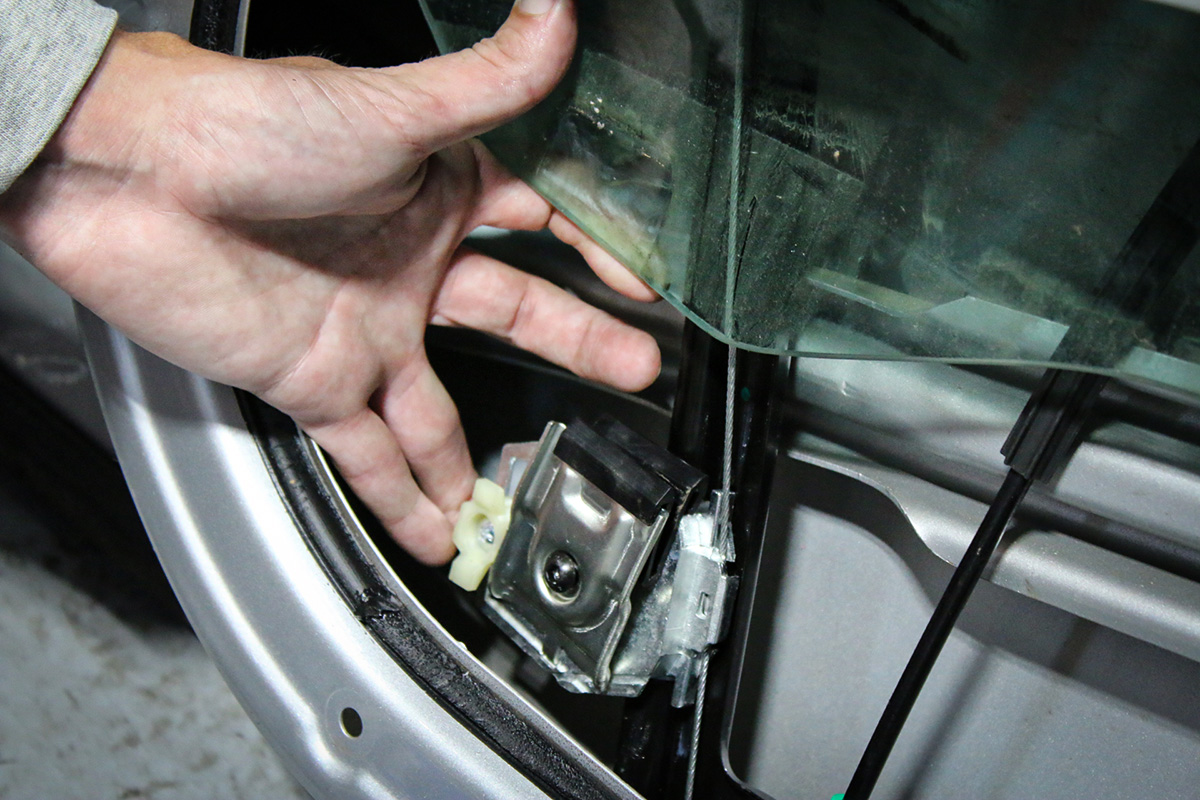
Despite their reputations, window regulator assembly and motor replacements are ideal jobs for ambitious DIYers. As for technicians looking to build skills and step up to more advanced work, window regs open plenty of repair opportunities to help you get ahead.
The articles and other content contained on this site may contain links to third party websites. By clicking them, you consent to Dorman’s Website Use Agreement.
Participation in this forum is subject to Dorman’s Website Terms & Conditions. Please read our Comment Policy before commenting.